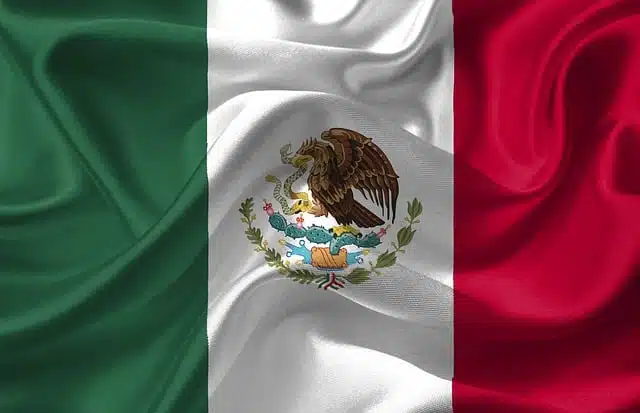
The Reform War pitted liberals and conservatives in Mexico.
The notion of war comes from the Germanic werra , which can be translated as “fight” . The word maintains an etymological link with Middle Dutch warre and Old High German wërra .
One of the meanings of war refers to a military conflict between two or more sides . The fight can occur between nations or between groups in the same country.
A reform , on the other hand, is something that is carried out with the aim of improving something, introducing some change. Generally, a reform constitutes an innovation .
What was the Reform War
A confrontation that took place in Mexican territory between the end of 1858 and the beginning of 1861 is known as the Reform War . In this dispute the conservatives and the liberals fought, each sector seeking to impose their ideas on the political administration of the State .
At a general level, it can be said that the conservatives aspired to preserve the traditions that had been forged in times of monarchical regimes in that region. Therefore, they intended to maintain certain structures from the colonial era and ensure that the Church continued to hold a lot of power .
The liberals , on the other hand, advocated the construction of a secular State . Thus, they promoted the separation between the state sphere and the religious sphere.

The Reform War revolved around the power of the Church in Mexican society.
Main events
The first Magna Carta of Mexico was promulgated on February 5, 1857 . In this text, the power of the State for the legislation of worship was established, which eliminated civil control by the ecclesiastical authorities.
The Constitution of 1857 was sworn during the presidency of Ignacio Comonfort . At the end of that year, the conservatives spoke out in the Tacubaya Plan with the intention of repealing the Magna Carta , branded as liberal. Comonfort adhered to the Tacubaya Plan , carrying out a kind of self-coup.
According to current regulations, Benito Juárez ended up taking over as interim president since he was in charge of the Supreme Court . It is in this context that the so-called Reform War broke out.
On the one hand, there were the liberals led by Benito Juárez , who had the support of the leaders of several Mexican states. The conservatives, who rejected Juárez 's mandate, were led by Félix María Zuloaga . This sector, with financial support from the Church , settled in the capital.
Development of the Reform War
Zuloaga established a set of rules known as the Five Laws , through which he sought to govern from the capital . Juárez , for its part, settled in Veracruz where it decreed the Reform Laws between 1859 and 1860 .
While the civil war progressed, which impoverished the entire country, Juárez regulated the nationalization of ecclesiastical assets, annulled the participation of the clergy in cemeteries, established civil marriage and regulated the Freedom of Religion Law .
Ended with a liberal triumph, the Reform War translated into the beginning of a new period in Mexican history. The political and social transformation derived from the confrontation was notable and marked the beginning of a different era, although the struggle between religious and liberals continued over time .
